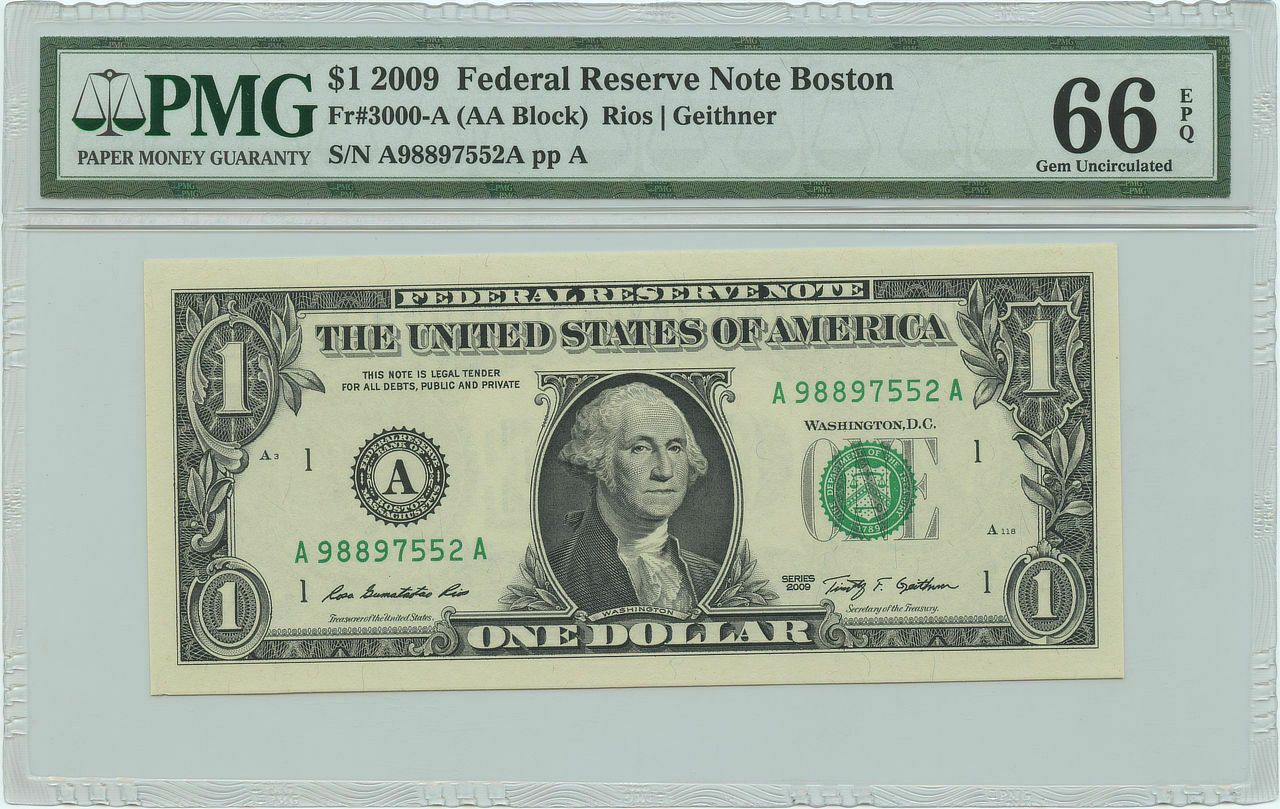Have you ever taken a closer look at a $1 bill and noticed a small “A” near the serial number? You might wonder if it’s just a random letter or if it actually holds meaning. It turns out, there’s an interesting story behind this tiny detail.
Understanding Serial Numbers
Every U.S. dollar bill carries a unique serial number, combining letters and numbers. These numbers help track when and where the bill was printed, while also making counterfeiting more difficult. The style and format of serial numbers have evolved over time, depending on the series and type of bill.
The “A” Series Explained
The “A” you see under the serial number is part of a system the Bureau of Engraving and Printing (BEP) uses to organize batches of printed money. Each batch, or “block,” of bills is assigned a letter. On $1 bills, serial numbers typically start with two letters followed by eight numbers. The first letter indicates which block the bill came from.
What the “A” Means
A bill with an “A” comes from the first block of serial numbers in that series. When the BEP begins printing a new series of $1 bills, the initial block is labeled “A,” followed by subsequent letters like “B,” “C,” and so on for later blocks.
Why This Matters
Labeling blocks with letters helps the BEP maintain quality control and track production. If an issue arises with a batch, this system allows the bureau to quickly identify affected bills.
A Fun Fact for Collectors
For collectors or money enthusiasts, the “A” adds a layer of interest. Bills from the first block of a series can be particularly appealing, making them special finds for those exploring the history and details of U.S. currency.
The Bigger Picture
That little “A” isn’t just decoration—it’s a small but meaningful part of how the BEP organizes the printing of money. It reminds us that even everyday items like a $1 bill have fascinating stories behind their design and production. Next time you spot a bill with an “A,” you’ll know it comes from the very start of a new series, adding a bit of extra history to your pocket change.
About The Author

Hi, I’m Andrew Smith, and I’ve spent 20 years collecting and understanding currency. With a Bachelor’s in Economics from the University of Michigan, I’ve developed a deep passion for numismatics. My expertise reveals the historical and economic significance of rare coins and unique banknotes.
